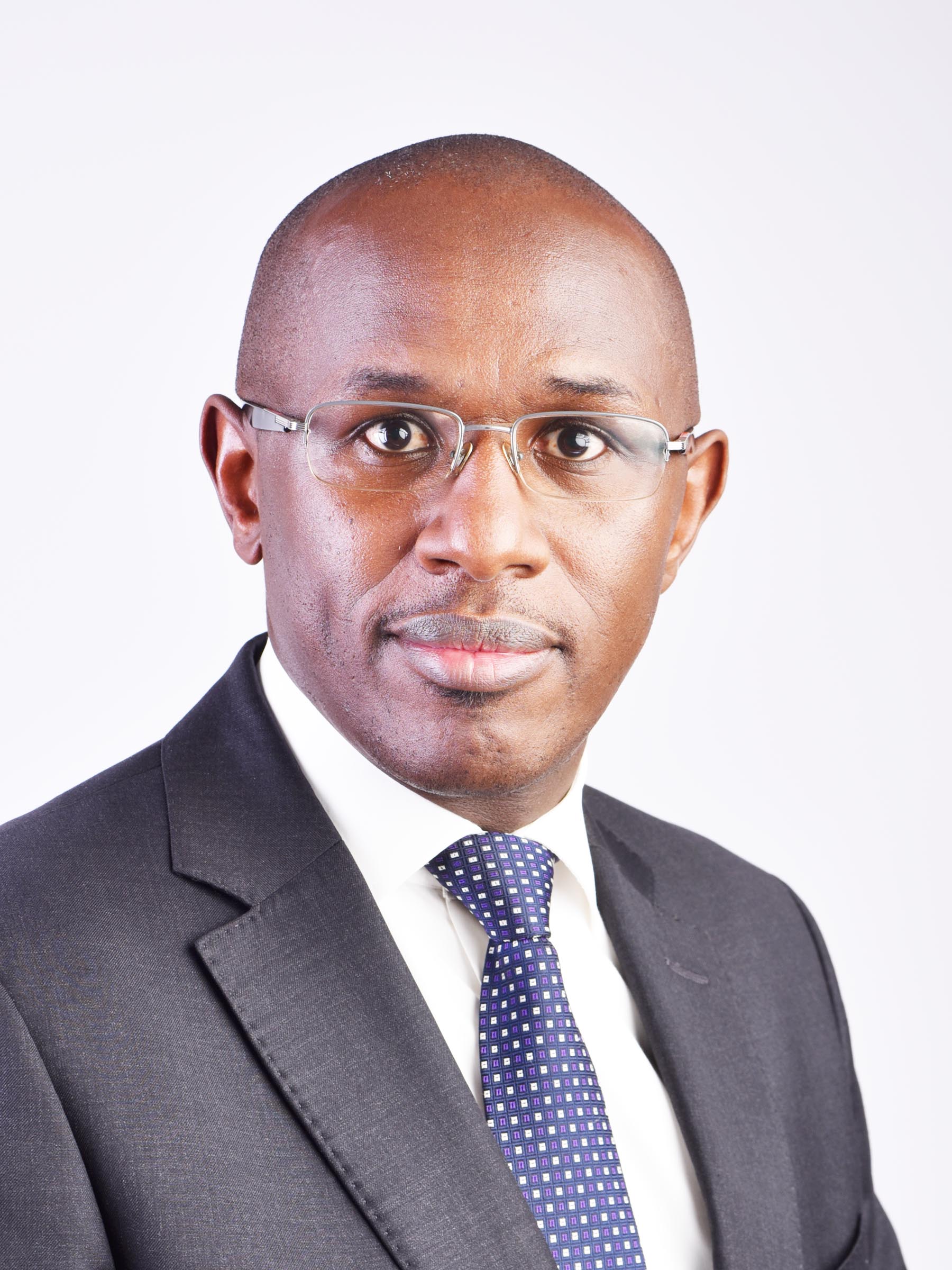By Azael Masese
Savings and Credit Cooperative Societies (Saccos) across the country are set to witness drastic changes in their management following plans by Sacco Society Regulatory Authority (SASRA) to engage top industry players in formulation of regulations that affect Sacco operations.
This is a shift from the past where societies were expected to enforce regulations formulated at the top level with little input from the industry players.
The development follows a meeting convened by SASRA with Sacco chiefs and board chairs at the Lake Naivasha Resort towards the end of May.
SASRA CEO Peter Njuguna admitted the meeting took place and termed it as an “engagement with industry players on a wide range of issues.”
However, he remained tight-lipped on the agenda of the meeting saying it was an in-house meeting, in which the media was not invited.
Njuguna said it was the first time the regulator met all Sacco top players at the same time and venue.
On the first day of the meeting, SASRA took Sacco CEOs through the agenda as board chairs joined them in the second day.
Sources at the meeting disclosed to Sacco Review that cyber security, financial reporting, and Sacco Deposit Guarantee Fund formed the agenda of the meeting.
Njuguna didn’t rule out the discussion on cyber-security.
The issue of cyber security dominated discussion as many societies have migrated to mobile technology hence susceptible to fraud.
Consequently, societies will be required to be spending huge sums of money to protect members’ deposits from possible loss.
“We use money to protect money,” said another Sacco CEO, terming it a necessary investment.
A source, who sought anonymity, revealed that SASRA asked the Sacco CEOs and Board chairs to offer insights on issues that touch on regulations.
The source said that the partners mulled a validation workshop between SASRA and Sacco players in future.
“We would like to have similar meetings twice a year and the regulator is looking into it so that we are also able to interrogate some of the regulations introduced. The regulations need our input,” he said.
He added that the participants raised a number of issues including the recently introduced Sacco Deposit Guarantee Fund (expected to roll out in August 2022) and that SASRA promised to look into them.
“There is a requirement for societies to deposit some money based on their asset base and for those with huge assets, this might run into millions,” noted one board chair.
Some players have termed this as an aggressive risk appetite that might weaken their overall financial position.
Consequently, some industry players have expressed fear that the demand to make some payments might erode their financial stability.
Under the Deposit Guarantee Fund, societies are expected to contribute a certain percentage of their assets to the regulator to cushion members in case of failure or collapse up to Sh100,000.
The Deposit Protection Fund will be financed through contributions from Saccos, investment income, borrowings, donations and grants.
On financial reporting, one Sacco board chair noted that they believe that a number of their members are enlightened hence able to interpret the financial statements.
However, he expressed concern that interpreting financial statements poses numerous challenges and has emerged as a loophole for financial misappropriation.
There is also a provision that societies can submit their financial statements to the regulator electronically.
Lately, societies have emerged as key vehicles to mobilize savings and extend affordable credit in efforts to improve financial inclusion and accessibility.
Due to aggressive marketing and expansion, Saccos have deposits of more than Sh600 billion and assets worth over Sh800 billion.
Consequently, focus has turned on the entities in efforts to tighten the rules and ensure their smooth operations and avoid any possible fraud and misappropriation.



